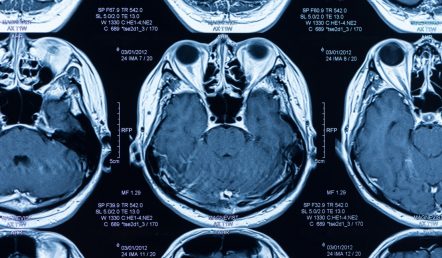With Dr Qaiser Malik, Consultant Radiologist

How important is imaging in making a diagnosis?
Posted on Fri Apr 12, 2019
Dr Qaiser Malik, Consultant Radiologist, discusses the use of diagnostic imaging and the effect that increased demand has had on the public and private sector.
So why is diagnostic imaging so important in a patient’s healthcare journey?
There are a number of reasons.
Number one is that technology has changed so much, meaning that diagnostic imaging is now widely available, both on the NHS and in private healthcare. The vast majority of healthcare practitioners have access to imaging as they need it to help them make a diagnosis and assess treatment. The number of scans is increasing year on year because the tests are getting better, the results are getting better, the examinations are safer and less invasive (even the radiation in X-ray and CT has been reduced drastically), so for all scans the information that you receive from the investigation considerably outweighs the risks.
I work in the public and private sector, and from what I’ve seen, imaging is absolutely pivotal in the patient journey in both places. In fact, a lot of the time I think the radiology department should be the centre of the patient’s journey as it allows practitioners to get a diagnosis quickly and accurately, allowing them to start the right treatment and management in the first place, so you end up with a good outcome.
How can practitioners determine the best scan for their patient?
Obviously it depends on the patient and what symptoms they present with. But it can also depend a little bit on what’s available to them. For example, the choice of scan type may be limited to what’s available locally, or some AHPs may not be able to refer for X-ray, so will have to work around these limitations.
But, as I say, the most important thing is the clinical presentation. For example, if someone presents with knee pain, and that pain is related to the patella tendon, and you think the patient has a patella tendinopathy, then an ultrasound scan would be the most useful test in that situation. However, if someone presented with knee pain and symptoms of locking, and the pain is more medial than anterior, then an MRI scan would be more useful.
So that clinical presentation and history that you get from the patient, coupled with the examination that the clinician performs at the first presentation, is absolutely key to decide which is the appropriate test.
The interaction between the practitioner and the imaging centre is really important. The transfer of information, via request forms or conversations, is really important to get a good outcome from the scan.
So the triaging (checking) of the scan request is a really important step?
It’s very important because sometimes practitioners may not know exactly which scan type is best for the individual patient. Technology is constantly shifting, so for example the test for a particular pathology now may be MRI, but in a few years’ time may be ultrasound.
Achilles tendinopathy is a good example of this: MRI used to be the scan of choice for this, but now ultrasound has got so good that it’s deemed to be better and can give you more information in terms of neovascularization.
The triaging or vetting done for all scan requests is important, then, because it acts as a ‘safety net’. Sometimes a clinician might request an ultrasound and it might be suggested to them that an MRI is more appropriate, or even that a scan isn’t required in this case.
What do you think of the private imaging industry in general?
It’s really variable. There is a 10-12% rise, year on year, in requests for imaging. This demand is exceeding the supply so there is an ever-growing demand for private imaging. There simply aren’t enough scanners, radiologists, technicians, centres etc., so private imaging centres do help the NHS in that if one patient gets a private scan then that’s one less scan for them.
The other good thing is that because private imaging is so accessible it can be managed by AHPs, as well as doctors, which is very useful for the NHS as well as patients.
The quality of the results depends on the centre; so the scanner, the radiographers, the radiologists, the interlink between the referrer and the centre. The more interaction you have the better the service will be.
Would you say we do it well here at Oryon Imaging?
I’ve been here for over ten years, so I’ve seen the centre evolve into what it is now; a very professional outfit with good equipment and good staff. And not just the clinical staff; the front of house staff are also excellent which really makes a difference in the patient journey.
As a quality service, patients get seen quickly, get the appropriate scan and get their results quickly.
It’s also worth noting that the referrer always has the ability to come back and talk to the centre, which I think is really important. They can always access the radiologist or radiographer which can be useful when accurately interpreting results and using them to continue treatment.
Dr Qaiser Malik reports MRI and performs ultrasounds at Oryon Imaging. For more information about our services, click below.
Share this article
Most Recent
Posted on Thu Jul 3, 2025
How Long Does A Shoulder MRI Take?
Posted on Thu Jul 3, 2025
Posted on Tue Jul 1, 2025
Stay up to date
If you’re interested in keeping up with what we’re doing, just leave your email address here and we’ll send you periodic newsletters and other updates.








